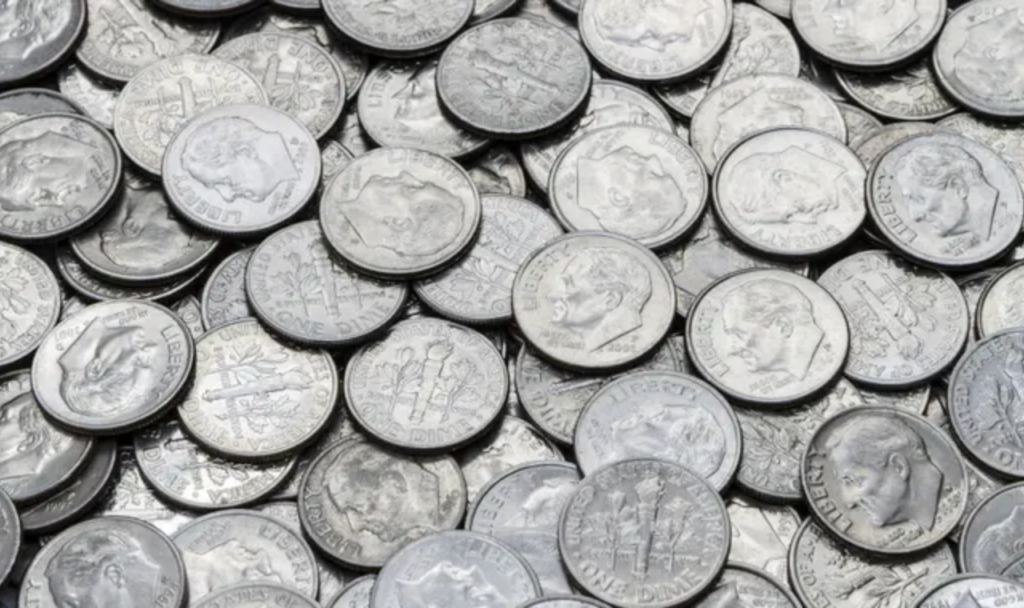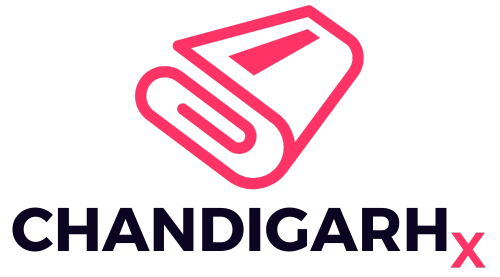Barber coins are a fascinating piece of American numismatic history, and some rare finds can be worth a small fortune. If you’re a collector or just someone who enjoys the thrill of finding valuable coins in your spare change learning about Barber coins is a must. These silver dimes, quarters, and half dollars were minted between 1892 and 1916 and are highly sought after by collectors today.
This article will explain what Barber coins are, how to identify them, where to find them, and how to determine their value if you’re lucky enough to come across one.
What Are Barber Coins?
Barber coins were designed by Charles E. Barber, the Chief Engraver of the U.S. Mint, and were in circulation from 1892 to 1916. They include three denominations:
- Barber Dime (10 cents)
- Barber Quarter (25 cents)
- Barber Half Dollar (50 cents)
Each coin features a profile of Liberty wearing a Phrygian cap adorned with a laurel wreath on the obverse (front) side. The reverse (back) of the dimes features a simple wreath, while the quarters and half dollars showcase a heraldic eagle.
Barber coins were eventually replaced by more modern designs, including the Mercury Dime (1916), the Standing Liberty Quarter (1916), and the Walking Liberty Half Dollar (1916). However, many of these coins still exist in collections, coin rolls, and even in circulation, making them a potential treasure for those who know how to spot them.
How to Identify a Barber Coin
Barber coins have a distinct design that makes them relatively easy to identify if you know what to look for. Here’s what to check:
1. Obverse (Front) Design
- Features the head of Liberty with a laurel wreath
- The words “IN GOD WE TRUST” appear above Liberty’s head
- The year of minting is below her chin
2. Reverse (Back) Design
- On dimes: A wreath encircles the words “ONE DIME”
- On quarters and half dollars: A heraldic eagle with outstretched wings, holding arrows and an olive branch
- The words “UNITED STATES OF AMERICA” appear at the top
3. Mint Mark
- Located beneath the wreath on dimes
- Found beneath the eagle’s tail feathers on quarters and half dollars
- Mint marks can be:
- “O” for New Orleans
- “S” for San Francisco
- “D” for Denver (only on 1906–1912 issues)
- No mark for Philadelphia
How Much Are Barber Coins Worth?
The value of Barber coins depends on several factors:
1. Condition (Grade)
Like all collectible coins, the condition of a Barber coin significantly impacts its value. A heavily worn coin may only be worth its silver content, while a well-preserved example can sell for hundreds or even thousands of dollars. The Professional Coin Grading Service (PCGS) and the Numismatic Guaranty Company (NGC) offer grading services that can help determine the coin’s condition.
2. Rarity & Key Dates
Some Barber coins are much rarer than others. For example:
- 1894-S Barber Dime – Only 24 were minted, making it one of the most valuable dimes in existence. In 2016, one sold for over $2 million.
- 1901-S Barber Quarter – A highly scarce coin, with some selling for over $50,000 in top condition.
- 1913-S Barber Half Dollar – A key rarity, valued at thousands depending on condition.
3. Silver Content
All Barber coins were made of 90% silver, so even worn-out coins still have intrinsic value based on the current silver price. For instance, a Barber Half Dollar has about 0.36 troy ounces of silver, making it worth at least its melt value. You can check the latest silver prices at the U.S. Mint.

Where to Find Barber Coins
While Barber coins are no longer common in circulation, they still turn up in unexpected places. Here’s where you might find them:
1. Coin Rolls & Change
Although rare, some Barber coins can still be found in rolls of dimes, quarters, or half dollars from banks. People occasionally deposit old coins without realizing their value.
2. Estate Sales & Auctions
Estate sales often contain old coin collections, and Barber coins may be among them. Auction houses specializing in rare coins also frequently sell Barber dimes, quarters, and half dollars.
3. Coin Shops & Shows
Local coin shops often have Barber coins in stock, and attending a coin show is another great way to find them. You can locate reputable dealers through the American Numismatic Association (ANA).
4. Metal Detecting & Treasure Hunting
If you enjoy metal detecting, old parks, fairgrounds, and historical sites can be excellent places to find Barber coins buried in the ground.
How to Sell Barber Coins
If you find a Barber coin and want to cash in, follow these steps to get the best price:
- Determine the Coin’s Grade & Rarity
- Sell to a Reputable Buyer
- Consider local coin shops, auction houses, or online platforms like eBay.
- Avoid pawn shops, which may offer less than the coin’s market value.
- Check the Silver Market
- If your coin is worn and has no numismatic value, it may still be worth selling for its silver content. Check silver prices on the U.S. Mint’s website.
Conclusion
Barber coins are a piece of American history that can still be found today if you know where to look. Whether you come across one in your spare change, a coin roll, or an estate sale, knowing how to identify and value these coins can help you make the most of your find. Some Barber coins are worth thousands, making them an exciting discovery for collectors and treasure hunters alike.
If you believe you’ve found a valuable Barber coin, consider getting it appraised by a professional coin dealer or grading service. Who knows? That old dime, quarter, or half dollar in your hand might be worth a fortune!

Pankaj Kumar is a journalist at Chandigarh X, covering admit cards, recruitment, and government schemes. His articles provide readers with detailed insights into application processes, eligibility, and exam updates.
Outside of work, Pankaj enjoys traveling, fitness, and cricket, often participating in local matches on weekends.



